Home>Interior Design>What Can You Do With A Interior Design Degree
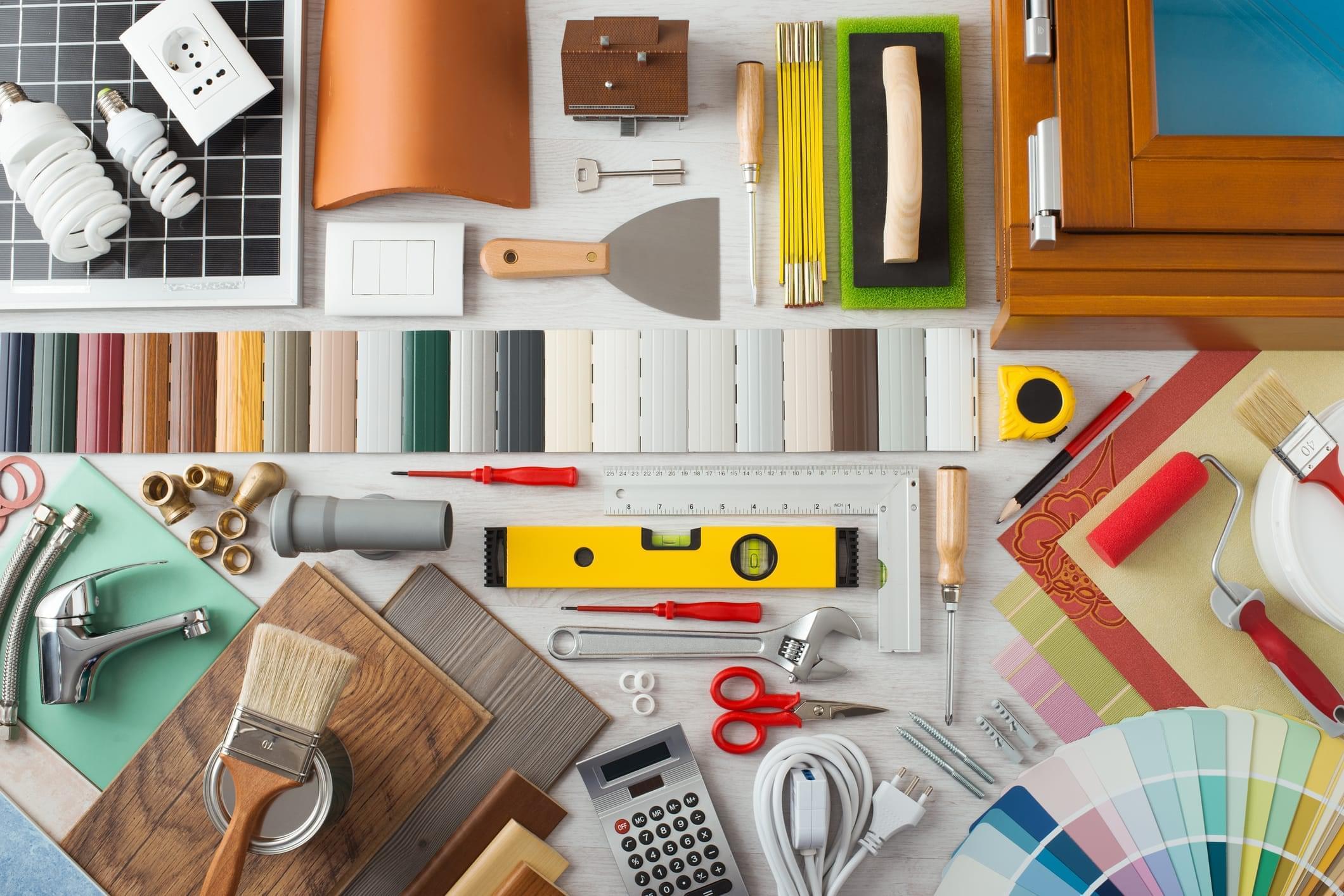

Interior Design
What Can You Do With A Interior Design Degree
Modified: March 5, 2024
Discover the endless possibilities of a career in interior design with a degree in interior design. Explore the world of creativity and transform spaces with your expertise.
(Many of the links in this article redirect to a specific reviewed product. Your purchase of these products through affiliate links helps to generate commission for Storables.com, at no extra cost. Learn more)
Introduction
Interior design is a fascinating and multifaceted field that combines creativity, problem-solving skills, and a deep understanding of space and aesthetics. From residential spaces to commercial establishments, interior design plays a crucial role in creating functional and visually appealing environments. If you have a passion for art, design, and creating beautiful spaces, pursuing a degree in interior design can open up a world of exciting career opportunities.
With an interior design degree, you can explore various avenues within the industry and specialize in different areas based on your interests and strengths. Whether you’re drawn to residential design, commercial spaces, sustainable design, or even set design, there’s a niche within interior design that can align with your passion.
In this article, we will explore some of the diverse career paths you can pursue with a degree in interior design and the opportunities they offer for creativity and growth. We’ll delve into areas such as residential interior design, commercial interior design, sustainable design, set design, furniture design, lighting design, exhibition design, and even education and research in the field. So, let’s dive in and discover the exciting possibilities that await you in the world of interior design!
Key Takeaways:
- Diverse Opportunities
Interior design offers diverse career paths, including residential and commercial design, sustainable practices, set design, furniture design, lighting design, exhibition design, and education and research, providing endless opportunities for creativity and growth. - Impactful Collaboration
Interior designers collaborate closely with clients, architects, contractors, and other professionals to bring their design visions to life. Through innovative techniques, ongoing education, and research, they have the power to create inspiring, functional, and meaningful spaces.
Careers in Interior Design
With a degree in interior design, you can embark on a rewarding and diverse career in the field. The demand for interior designers is consistently growing as more individuals and businesses seek to create aesthetically pleasing and functional spaces. Let’s explore some of the exciting career paths you can pursue:
Residential Interior Design:
As a residential interior designer, you’ll work closely with clients to create beautiful and functional spaces for their homes. You’ll collaborate with homeowners to understand their lifestyle, preferences, and needs in order to design spaces that reflect their personality and enhance their quality of life. From selecting paint colors and furniture to choosing the perfect lighting fixtures and accessories, residential interior designers have the opportunity to transform houses into dream homes.
Commercial Interior Design:
Commercial interior design focuses on creating captivating and efficient spaces for businesses, including offices, restaurants, hotels, retail stores, and more. In this field, you’ll consider not only the aesthetics but also the functionality and brand identity of the business. Collaborating with architects, contractors, and other professionals, commercial interior designers create environments that promote productivity, enhance customer experiences, and align with the business’s objectives.
Sustainable Design:
With a growing emphasis on environmental consciousness, sustainable design has become an integral part of the interior design industry. Sustainable interior designers prioritize using eco-friendly materials, incorporating energy-efficient solutions, and designing spaces that have a minimal impact on the environment. By utilizing sustainable practices, they create spaces that not only look beautiful but also contribute to a greener and more sustainable future.
Set Design:
Set designers play a crucial role in creating captivating and immersive environments for various industries, including film, television, theater, and events. They work closely with directors, producers, and creative teams to bring stories to life through carefully curated sets. From historical period designs to futuristic and fantastical concepts, set designers use their artistic skills and understanding of space to transport audiences into different worlds.
Furniture Design:
If you have a passion for both design and craftsmanship, becoming a furniture designer can be an exciting career path. Furniture designers create unique and functional pieces that can enhance the aesthetic appeal of any space. They combine their knowledge of materials, ergonomics, and design principles to craft furniture that not only looks stunning but also provides comfort and functionality.
Residential Interior Design
Residential interior design is a vibrant and creative field that focuses on transforming houses into cozy, stylish, and functional homes. It involves working closely with homeowners to understand their preferences, lifestyle, and needs in order to create personalized spaces that reflect their unique personality and enhance their quality of life.
A residential interior designer wears many hats, acting as a collaborator, problem-solver, and creative visionary. From selecting color palettes and furniture pieces to choosing lighting fixtures and accessories, they curate every aspect of a home’s interior to create a harmonious and inviting atmosphere.
One of the key elements of residential interior design is space planning. It involves carefully considering the layout of rooms, traffic flow, and the functionality of each space. With their expertise in spatial planning, residential interior designers ensure that the layout maximizes the use of available space while maintaining a seamless and intuitive flow.
Another important aspect of residential interior design is selecting suitable materials and finishes. From flooring options and wall treatments to kitchen countertops and bathroom fixtures, residential interior designers help homeowners choose materials that not only look visually appealing but also meet their practical needs in terms of durability and maintenance.
The role of a residential interior designer also includes sourcing furniture, fabrics, and decorative elements that align with the client’s aesthetic preferences and budget. They have an extensive knowledge of product catalogs, showrooms, and suppliers, enabling them to find the perfect pieces that bring the design vision to life. Additionally, they often collaborate with skilled craftsmen, architects, and contractors to execute the project seamlessly.
Residential interior design is not limited to new constructions but also encompasses renovation and remodeling projects. In such cases, the interior designer works with the existing structure and incorporates the client’s desired changes into the design plan. They may reconfigure spaces, update finishes, and introduce new elements to transform the existing home into a fresh and revitalized space.
Ultimately, residential interior design is about creating a home that reflects the client’s personality, meets their functional needs, and evokes a sense of comfort and harmony. It requires a keen eye for detail, strong communication skills, and the ability to balance creativity with practicality. With their wealth of knowledge and creative expertise, residential interior designers play a pivotal role in turning houses into truly personalized and inviting homes.
Commercial Interior Design
Commercial interior design is a dynamic and diverse field that focuses on creating functional, appealing, and effective spaces for businesses and organizations. From office buildings and retail stores to restaurants, hotels, and healthcare facilities, commercial interior designers play a crucial role in shaping the built environment to meet the needs of clients and their target audiences.
One of the primary goals of commercial interior design is to enhance the user experience. Whether it is creating an engaging retail environment or a productive office space, commercial designers take into account the specific requirements and objectives of the business. They consider factors such as brand identity, customer preferences, and employee workflows to design spaces that align with the organization’s goals and values.
Commercial interior designers collaborate closely with their clients to develop creative and functional design concepts. They use their expertise in space planning, lighting, color psychology, and materials to create environments that not only look visually appealing but also support the intended activities within the space. From open office layouts that foster collaboration to restaurant interiors that create an enticing dining experience, every detail is carefully considered to enhance the overall brand image and customer satisfaction.
In commercial interior design, considerations such as ergonomics, accessibility, and sustainability are of great importance. Designers strive to create spaces that are comfortable, efficient, and environmentally friendly. They select furniture, fixtures, and finishes that meet the specific needs of the space, ensuring the well-being and productivity of the occupants while minimizing the environmental impact.
Successful commercial interior design also takes into account the ever-evolving trends and technological advancements. Designers stay updated on the latest innovations in materials, furniture, and interior design software to create spaces that are not only aesthetically pleasing but also functionally optimized. They incorporate elements such as integrated technology, flexible workspaces, and smart features to meet the demands of modern businesses.
In addition to the design process, commercial interior designers also work closely with architects, contractors, and various professionals to ensure a smooth execution of the project. They create detailed specifications and drawings, oversee the construction and installation process, and manage budgets and timelines to bring the design vision to life.
Commercial interior design is a challenging and rewarding field, offering opportunities to work on diverse projects and collaborate with clients from various industries. With their creative vision, problem-solving skills, and attention to detail, commercial interior designers have the ability to transform spaces into functional and aesthetically captivating environments that leave a lasting impression on both clients and visitors.
Read more: What Degree Is Interior Design
Sustainable Design
Sustainable design, also known as green design or eco-friendly design, is a growing movement within the field of interior design that prioritizes creating spaces that are not only visually appealing but also environmentally responsible and sustainable. With a focus on reducing the carbon footprint and minimizing the impact on the planet, sustainable design considers the long-term environmental, social, and economic implications of design choices.
In sustainable design, the principles of reduce, reuse, and recycle are key. By choosing materials that are environmentally friendly, renewable, and recyclable, interior designers can significantly reduce the ecological impact of a project. This includes selecting flooring made from reclaimed wood or recycled materials, using low VOC (volatile organic compounds) paints and finishes, and opting for eco-friendly fabrics and furnishings.
Energy efficiency is also a critical aspect of sustainable design. Designers incorporate energy-saving measures by implementing efficient lighting systems, utilizing natural daylight, and selecting energy-efficient appliances and fixtures. They may also recommend renewable energy sources such as solar panels or incorporate smart home technology to optimize energy usage and decrease overall consumption.
Water conservation is another important consideration in sustainable design. By specifying low-flow plumbing fixtures, incorporating water-saving irrigation systems, and promoting responsible water usage, designers can contribute to conserving this precious resource. Additionally, the integration of rainwater harvesting systems and greywater recycling further reduces water consumption.
Sustainable design also embraces the concept of biophilic design, which seeks to connect humans with nature. Interior designers incorporate elements such as indoor plants, natural materials, and access to natural light, creating spaces that promote well-being and enhance productivity. By bringing nature indoors, sustainable design fosters a healthy and rejuvenating environment for occupants.
Beyond the materials and systems used, sustainable design also encourages the implementation of a holistic design approach. This includes considering the lifecycle of the space, designing for adaptability and flexibility, and incorporating strategies for waste reduction and recycling during construction and demolition.
Choosing sustainable design not only benefits the environment but also offers other advantages. Sustainable spaces are often healthier, providing improved indoor air quality and reducing exposure to harmful chemicals. They can also have increased market value and appeal to environmentally conscious clients who prioritize sustainability in their lifestyle choices.
As more people become aware of the importance of environmental stewardship, the demand for sustainable design solutions continues to grow. Interior designers have a unique opportunity to contribute to a greener future by incorporating sustainable practices into their projects. By finding innovative ways to combine aesthetics, functionality, and ecological responsibility, sustainable interior designers play a vital role in creating spaces that are not only visually stunning but also eco-friendly and socially responsible.
Set Design
Set design is a fascinating and intricate aspect of the interior design industry that focuses on creating captivating and immersive environments for various industries, including film, television, theater, and events. Set designers play a pivotal role in bringing stories to life by using their creativity, technical skills, and understanding of space to design and construct sets that complement the narrative and transport audiences into different worlds.
Set designers work closely with directors, producers, and creative teams to interpret the script or concept and translate it into visually compelling stage or screen environments. They start by conducting extensive research to understand the time period, location, and atmosphere required for the production. This research informs their design decisions and influences their choice of materials, colors, and props.
One of the primary responsibilities of a set designer is creating detailed scale drawings, called ground plans, that map out the layout and dimensions of the set. They consider the movement of actors, camera angles, and sightlines to ensure that the set not only looks visually appealing but also meets the requirements of the production in terms of functionality and practicality.
In addition to the ground plans, set designers also create elevation drawings that illustrate the vertical elements, such as walls, doors, and windows. These drawings provide a visual representation of how the set will look from different angles and help in communicating the design intent to the production team.
Set designers collaborate with a team of skilled artisans, carpenters, painters, and prop makers to bring their designs to life. They oversee the construction, installation, and dressing of the set, ensuring that every detail aligns with the overall vision. They work with lighting designers to integrate lighting fixtures and effects that enhance the mood and atmosphere of the set, and they collaborate with costume designers to ensure that the set design complements the overall visual aesthetic of the production.
Set designers must possess a strong understanding of the technical aspects of set construction, including knowledge of materials, structural integrity, and safety regulations. They must also have excellent communication skills and the ability to work collaboratively with a team of professionals to execute the design vision effectively within the given budget and time constraints.
Whether it’s designing an elaborate fantasy kingdom, recreating a historical period, or constructing a minimalist contemporary set, set designers have the unique opportunity to use their creative talents to transport audiences into different worlds and bring stories to life. Through their innovative use of space, texture, color, and props, they create visually stunning and immersive environments that engage the senses and enhance the overall theatrical or cinematic experience.
Furniture Design
Furniture design is a specialized niche within the field of interior design that focuses on creating unique and innovative furniture pieces. Furniture designers merge artistic expression with functional considerations to craft pieces that not only enhance the aesthetics of a space but also provide comfort, functionality, and durability.
As furniture designers, they often start the design process by researching current trends, materials, and technologies. They draw inspiration from various sources, including historical designs, cultural influences, and emerging styles. With this knowledge, they develop concepts that are both original and functional, aiming to create pieces that are visually appealing and practical for everyday use.
One of the fundamental aspects of furniture design is understanding the material’s properties and characteristics. Designers must have a deep knowledge of different materials, such as wood, metal, plastic, and upholstery fabrics. They consider factors like strength, durability, texture, and finish to select the most appropriate materials for each piece. Additionally, they must stay updated on sustainable and eco-friendly materials and techniques to prioritize environmentally responsible practices.
Furniture designers employ both traditional and modern techniques in the creation process, utilizing hand-sketching, computer-aided design (CAD), and modeling to develop their ideas and refine the design details. They create precise measurements and technical drawings to communicate their concepts to manufacturers and craftsmen who will bring the design to fruition.
Collaboration is integral to furniture design as designers often work closely with manufacturers, engineers, and craftsmen to achieve the desired aesthetic and functionality of the piece. Communication and coordination with these professionals are crucial to determine production techniques, feasibility, and cost considerations.
Ergonomics is another important aspect of furniture design. Designers carefully consider human comfort and usability when crafting their pieces. They pay attention to factors like seating height, backrest angle, armrest position, and overall ergonomics to ensure that the furniture promotes comfort and supports the user’s well-being.
In addition to functionality, furniture designers also aim to create unique and visually striking designs that make a statement. They explore various forms, styles, and materials that can push the boundaries of traditional furniture design, resulting in pieces that are both artistic and functional.
Furniture designers often have the opportunity to work on custom projects, collaborating directly with clients to create one-of-a-kind pieces that fit their specific needs and preferences. By understanding the client’s lifestyle, taste, and requirements, they craft personalized designs that are tailored to their individual aesthetic and functional requirements.
Ultimately, furniture design is a blend of artistry, craftsmanship, and technical expertise. Furniture designers have the remarkable opportunity to shape the way we interact with our environment, creating pieces that can bring beauty, comfort, and functionality to homes, offices, and public spaces.
Lighting Design
Lighting design is a crucial aspect of interior design that focuses on creating the perfect lighting scheme to enhance the aesthetics, functionality, and mood of a space. From residential homes to commercial establishments, lighting designers strategically use artificial and natural light to transform environments and evoke specific emotions and experiences.
Lighting designers consider numerous factors when developing a lighting plan, including the purpose of the space, the desired ambiance, architectural features, and the activities that will take place within the area. By understanding these elements, they can determine the appropriate lighting fixtures, placements, and levels to illuminate the space effectively.
One of the primary goals of lighting design is to provide adequate illumination for the specific tasks or activities within a given space. Whether it’s reading in a cozy corner, preparing food in the kitchen, or conducting a meeting in an office, lighting designers ensure that the lighting enhances visibility and supports the functionality of the area.
In addition to task lighting, lighting designers also focus on creating ambient lighting, which establishes the overall mood and atmosphere within a space. They use various techniques, such as layering lighting sources, adjusting light levels, and controlling color temperature, to achieve the desired ambiance. From warm and cozy to bright and vibrant, the right lighting can completely transform the mood and appeal of a room.
Lighting designers also play a key role in highlighting architectural features and focal points within a space. By utilizing accent lighting techniques, such as spotlights, uplights, and wall washers, designers can draw attention to specific elements and create visual interest. This can include highlighting artwork, architectural details, or unique design elements to add drama and depth to the space.
With the advent of cutting-edge lighting technology, lighting designers have a wide array of options to choose from when designing a lighting scheme. LED (light-emitting diode) lighting, for example, offers energy efficiency, flexibility, and color control, allowing designers to create custom lighting solutions that precisely meet the design objectives. Additionally, lighting designers keep up with trends in smart lighting systems, which can integrate with home automation for optimal control and energy management.
Collaboration is also crucial in lighting design, as lighting designers work closely with architects, interior designers, electricians, and other professionals to ensure seamless integration of lighting within the overall design scheme. They provide detailed lighting plans, specifications, and calculations to ensure that the lighting design is executed accurately and safely.
Lighting design has a significant impact on how a space is perceived and experienced. By utilizing their knowledge, creativity, and technical skills, lighting designers have the ability to transform ordinary spaces into extraordinary ones, enhancing both the aesthetics and functionality of the environment.
Consider specializing in a specific area of interior design, such as residential, commercial, or sustainable design, to stand out in the competitive job market. Networking and gaining practical experience through internships or freelance work can also help you build a strong portfolio and make valuable industry connections.
Exhibition Design
Exhibition design is a specialized field within the realm of interior design that focuses on creating immersive and engaging environments to showcase products, artwork, or information. Whether it’s a museum exhibition, trade show booth, or corporate display, exhibition designers play a pivotal role in captivating audiences and effectively communicating a message or story.
Exhibition designers begin their process by understanding the goals and objectives of the exhibition. This involves collaborating closely with clients or curators to determine the desired narrative, theme, and target audience. By gaining a deep understanding of the content or products being showcased, exhibition designers can conceptualize a design that enhances the overall experience.
The layout and spatial planning of an exhibition is critical to ensuring optimal flow and engagement. Exhibition designers carefully consider the movement of visitors, sightlines, and the overall narrative progression. They determine the placement of displays, interactive elements, and informational panels to create a seamless and immersive journey for the audience.
Exhibition design often incorporates a variety of elements to engage and captivate visitors. This can include multimedia displays, interactive exhibits, lighting effects, audio installations, and signage. Exhibition designers use their creative expertise to integrate these elements seamlessly into the overall design, enhancing the visual appeal and impact of the exhibition.
Another important aspect of exhibition design is the selection of materials and finishes. Exhibition designers carefully choose materials that complement the content and create a cohesive atmosphere. Whether it’s utilizing sleek and modern finishes for a contemporary art exhibition or earthy and natural materials for a cultural display, the materials chosen help to convey the intended aesthetic and mood.
Exhibition designers also consider accessibility and inclusivity in their design approach. They ensure that the exhibition is physically accessible to people with disabilities and incorporate features such as braille signage, audio descriptions, or multi-lingual materials to cater to a diverse audience. This allows everyone to engage with the exhibition and fully appreciate the displayed content.
Collaboration is key in exhibition design, as designers work closely with an interdisciplinary team of professionals. They coordinate with architects, graphic designers, lighting specialists, and content experts to ensure a coordinated and cohesive exhibition experience. Effective communication and coordination throughout the process are essential to create an exhibition that effectively communicates the intended message and engages the audience.
Exhibition design is an exciting and creative field that allows designers to blend their artistic talents with storytelling and spatial planning. By creating visually striking and immersive environments, exhibition designers have the power to evoke emotions, educate, and leave a lasting impact on visitors, making the exhibition a memorable and meaningful experience.
Education and Research in Interior Design
Education and research play a vital role in advancing the field of interior design. Through formal education programs and dedicated research initiatives, professionals in this industry continuously strive to enhance their knowledge, skills, and understanding of design principles, materials, technologies, and trends. Education and research in interior design contribute to the evolution of the discipline and shape the future of the industry.
Formal education in interior design provides aspiring designers with a solid foundation of knowledge and skills. Students learn about design theory, spatial planning, color theory, materials, computer-aided design, and other essential aspects of the field. Through coursework, studio projects, and internships, students have the opportunity to apply theoretical concepts into real-world scenarios and gain practical experience.
Many universities and institutions offer interior design programs at various levels, including associate’s, bachelor’s, and master’s degrees. These programs combine technical training with creative development, helping students develop a comprehensive understanding of design principles, historical contexts, environmental considerations, and industry standards. In addition to classroom instruction, students often have access to dedicated design studios, workshops, and computer labs where they can refine their skills and explore innovative design approaches.
Continuing education and professional development are also crucial for interior designers to stay updated on the latest industry trends, advancements, and best practices. Workshops, conferences, and seminars offer opportunities for designers to learn from experts, network with peers, and gain insights into emerging design concepts and technologies. Additionally, earning professional certifications, such as those offered by industry organizations, can enhance credibility and demonstrate a commitment to continuing education.
Research in interior design contributes to the overall advancement and evolution of the field. It involves exploring new design concepts, evaluating design methodologies, and investigating the impact of design on individuals and society. Research studies can shed light on the psychological and physiological impacts of different design elements, assess the effectiveness of sustainable design practices, and explore innovative approaches to space planning and collaboration.
Interior design research often involves interdisciplinary collaboration with experts from fields such as psychology, sociology, anthropology, and environmental science. Through these collaborations, researchers gain a deeper understanding of how design influences human behavior, well-being, and productivity. The findings of interior design research can inform evidence-based design practices and contribute to the development of design guidelines and standards.
Research also plays a crucial role in identifying emerging design trends and consumer preferences. By analyzing market trends, societal changes, and technological advancements, researchers can provide valuable insights to designers and help shape the direction of the industry. This research-driven approach empowers designers to create innovative and relevant designs that meet the evolving needs and expectations of clients and users.
Education and research are the cornerstones of progress in interior design. By investing in education and supporting research initiatives, the industry can continue to evolve, elevate design standards, and create spaces that are inspiring, functional, and meaningful.
Conclusion
Interior design is a multifaceted and dynamic field that encompasses various specialties and offers a wide range of career opportunities. From residential and commercial design to sustainable practices, set design, furniture design, lighting design, exhibition design, and education and research, there is no shortage of avenues to explore within the industry.
With a degree in interior design, professionals have the knowledge and skills to transform spaces into functional, aesthetically pleasing environments. They have the ability to create personalized homes that reflect the unique personality and lifestyle of the occupants. In commercial design, they craft spaces that effectively communicate the brand image and enhance the customer experience. Sustainable design focuses on creating eco-friendly environments that prioritize environmental responsibility. Set designers transport audiences into different worlds through their creative vision and technical expertise. Furniture designers create unique pieces that combine artistic expression with comfort and functionality. Lighting designers strategically use light to enhance the mood and atmosphere of a space. Exhibition designers captivate and engage audiences through immersive displays. Education and research further advance the field, shaping the future of interior design.
Throughout all these specialties, collaboration, creativity, and continuous learning are key. Interior designers work closely with clients, architects, contractors, and other professionals to bring their design visions to life. They embrace innovative techniques, materials, and technologies to create cutting-edge designs. They continuously seek knowledge and stay updated on industry trends through formal education programs and ongoing professional development. They conduct research to deepen their understanding of design principles and contribute to the advancement of the field.
In conclusion, interior design is an exciting and fulfilling profession that requires a unique blend of artistic talent, technical skills, and a deep understanding of space and aesthetics. As an interior designer, the possibilities for creativity, growth, and making a positive impact are endless. By leveraging their expertise in design, interior designers have the power to create environments that inspire, enhance well-being, and transform the way we live, work, and experience the world around us.
Frequently Asked Questions about What Can You Do With A Interior Design Degree
Was this page helpful?
At Storables.com, we guarantee accurate and reliable information. Our content, validated by Expert Board Contributors, is crafted following stringent Editorial Policies. We're committed to providing you with well-researched, expert-backed insights for all your informational needs.
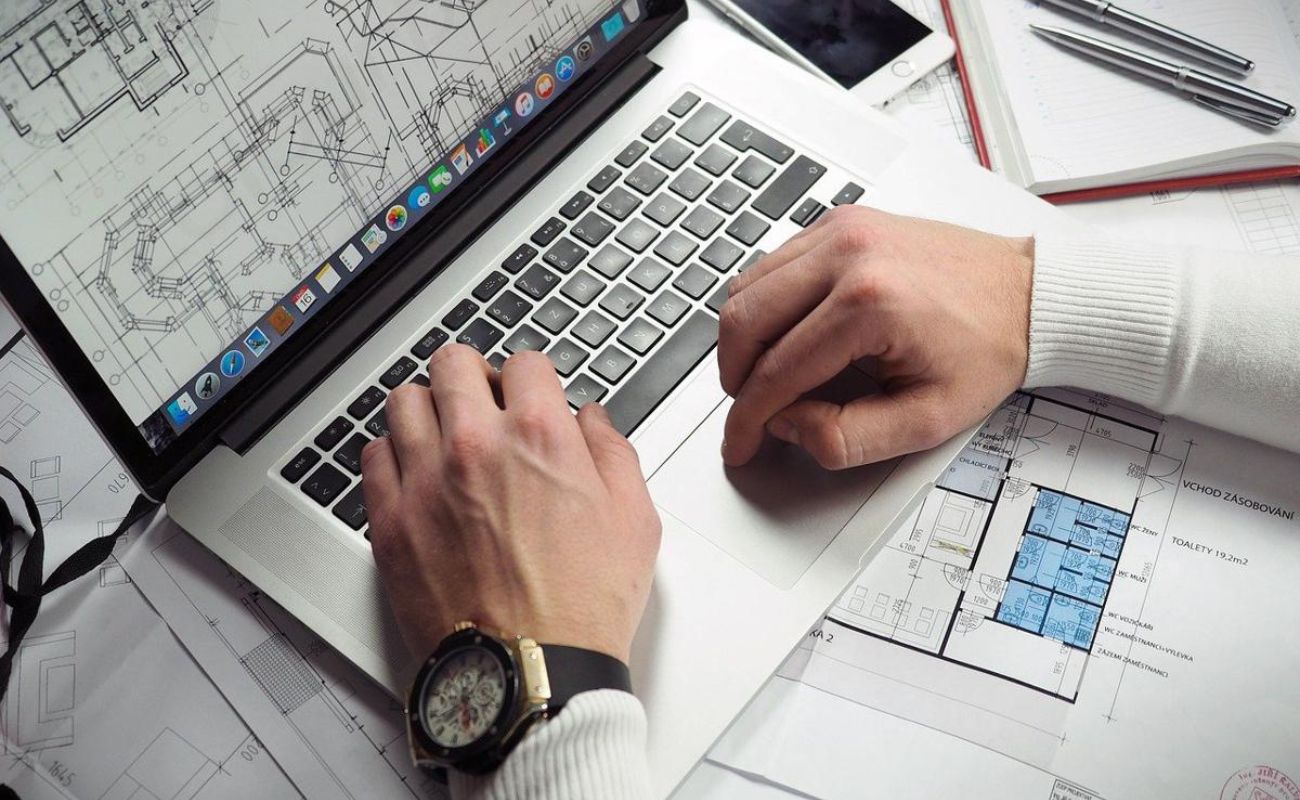
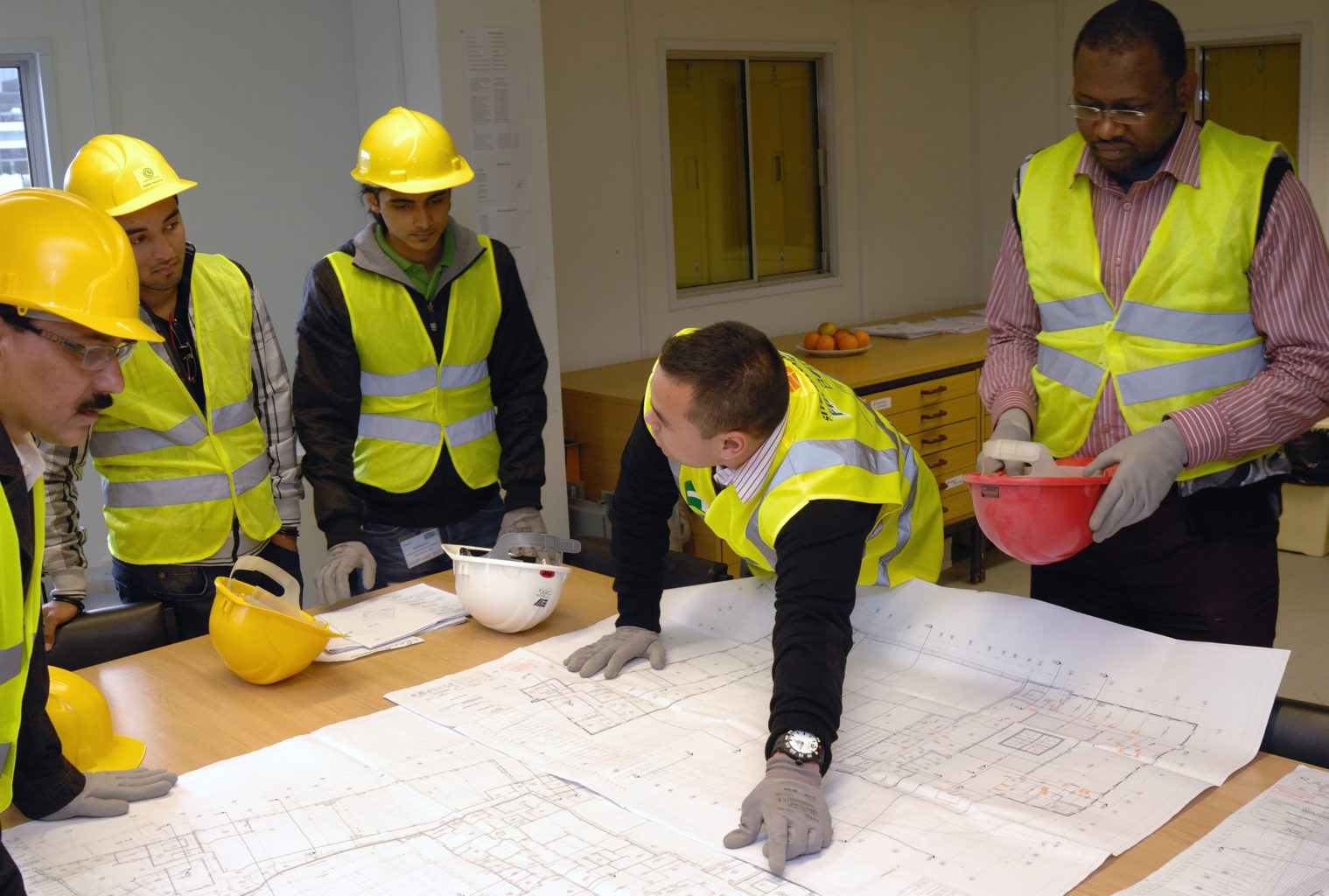


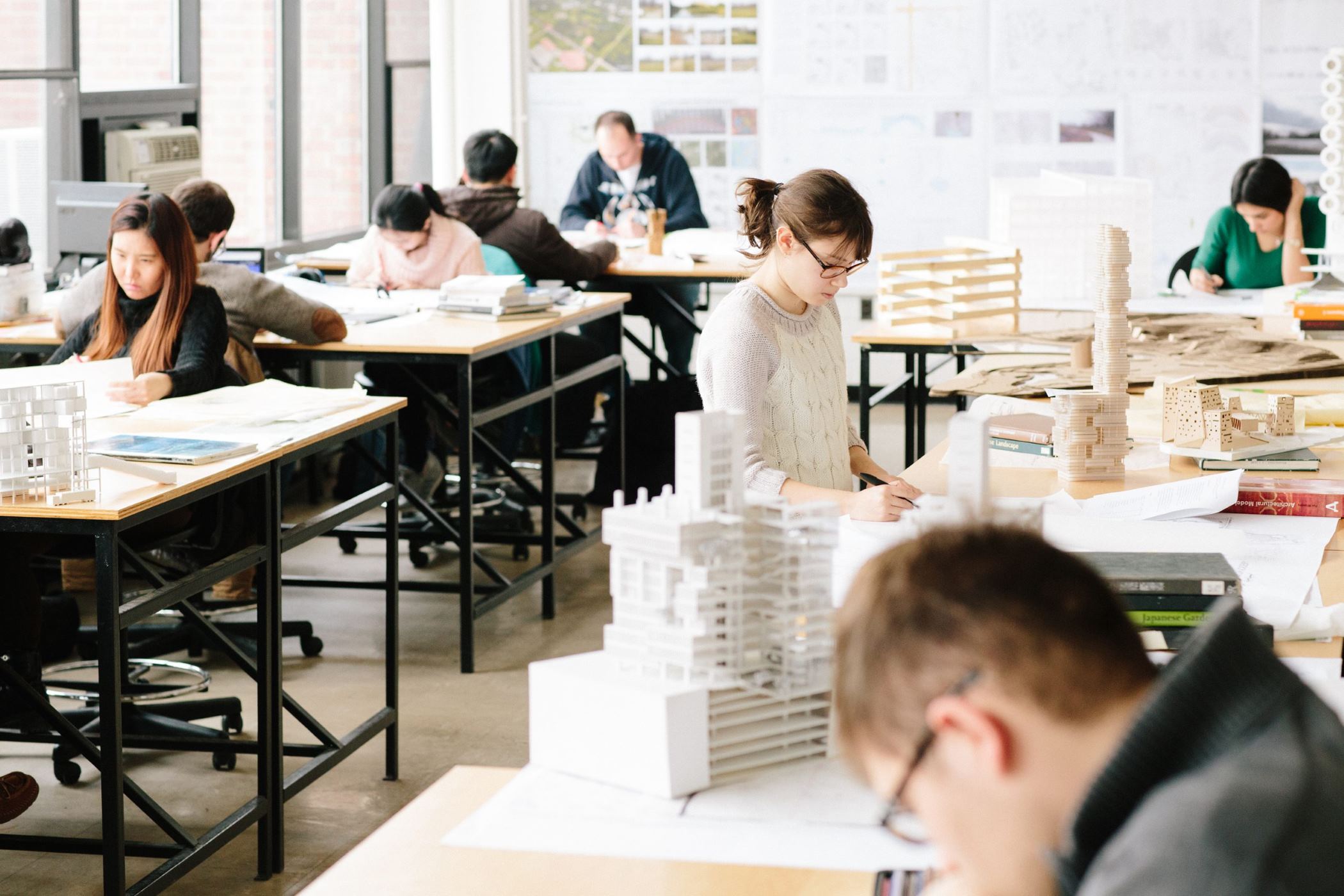
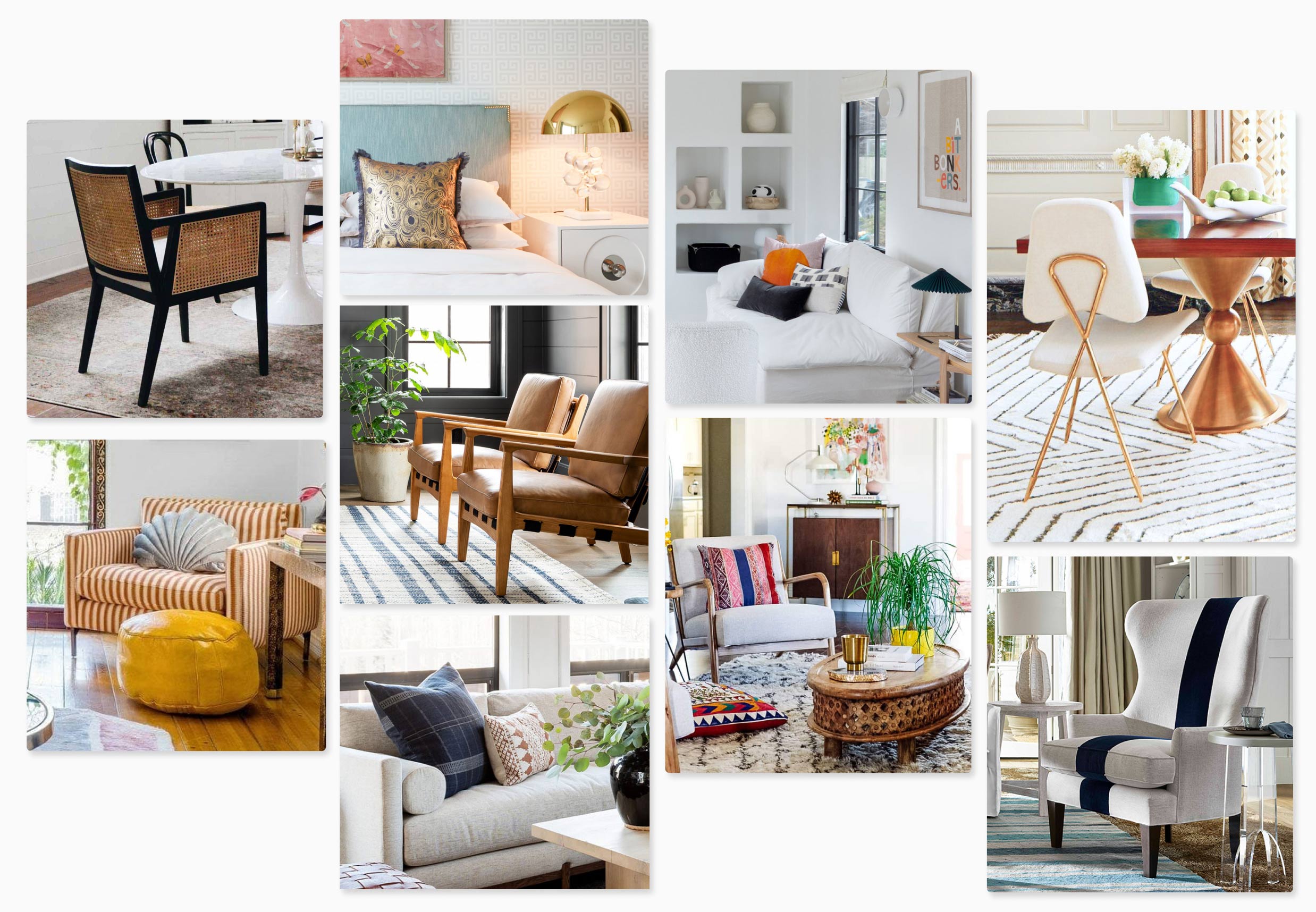
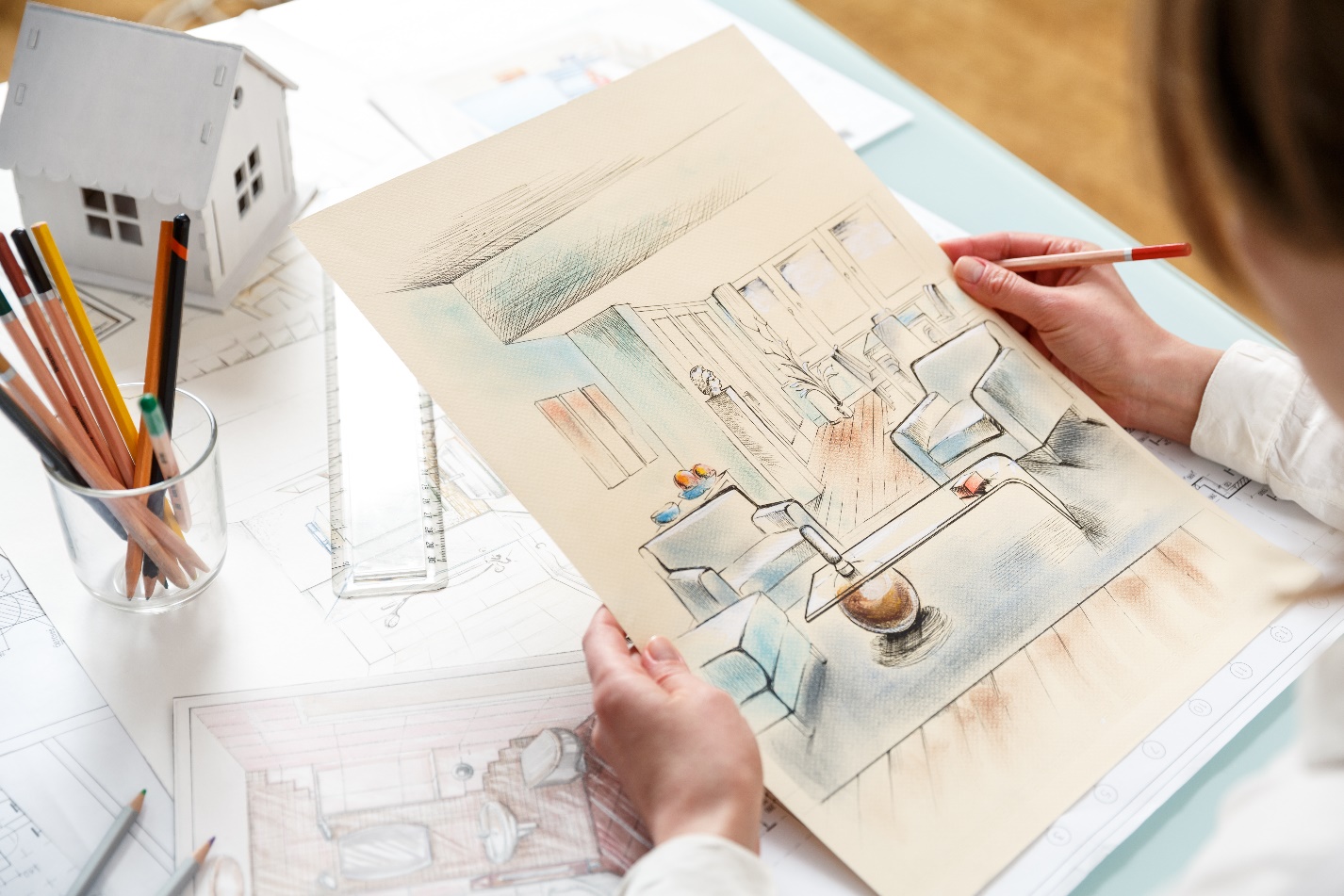
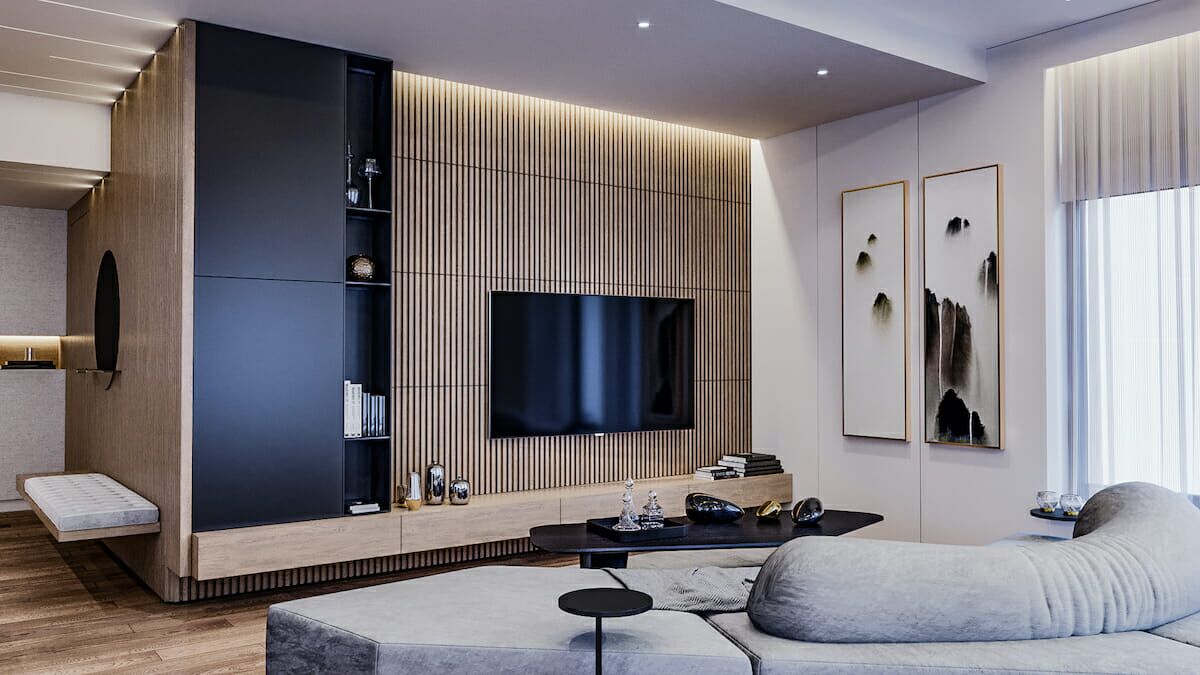
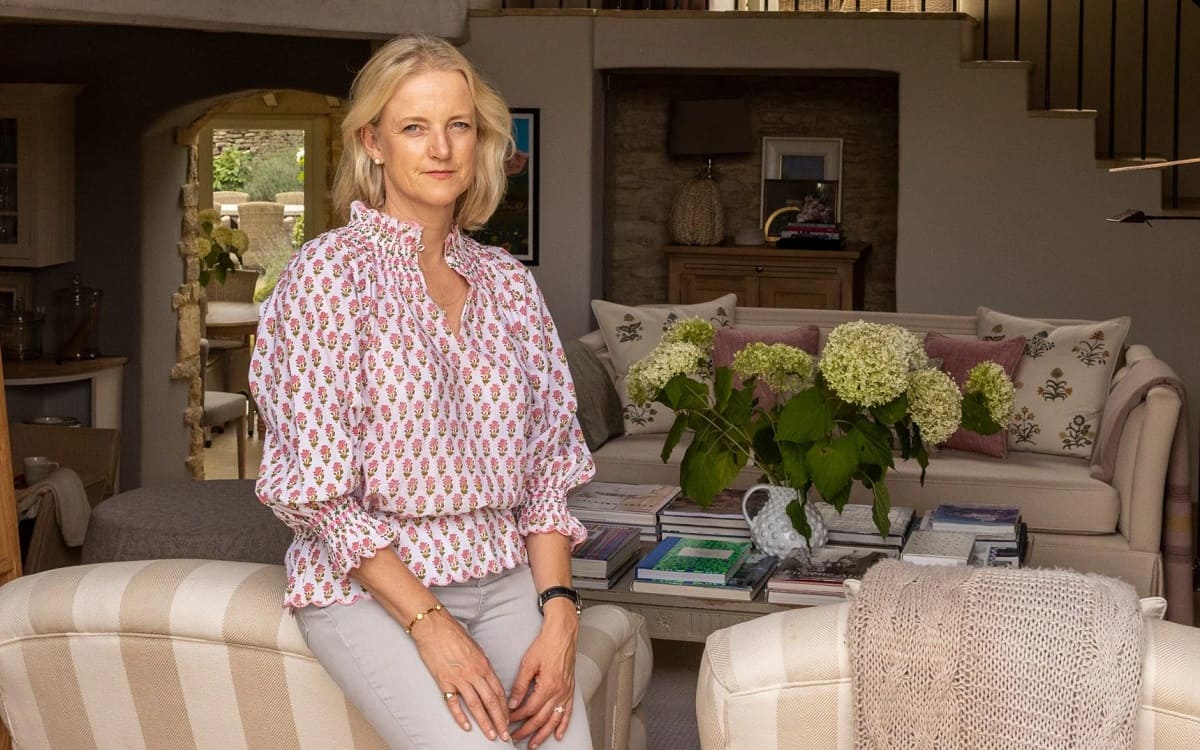

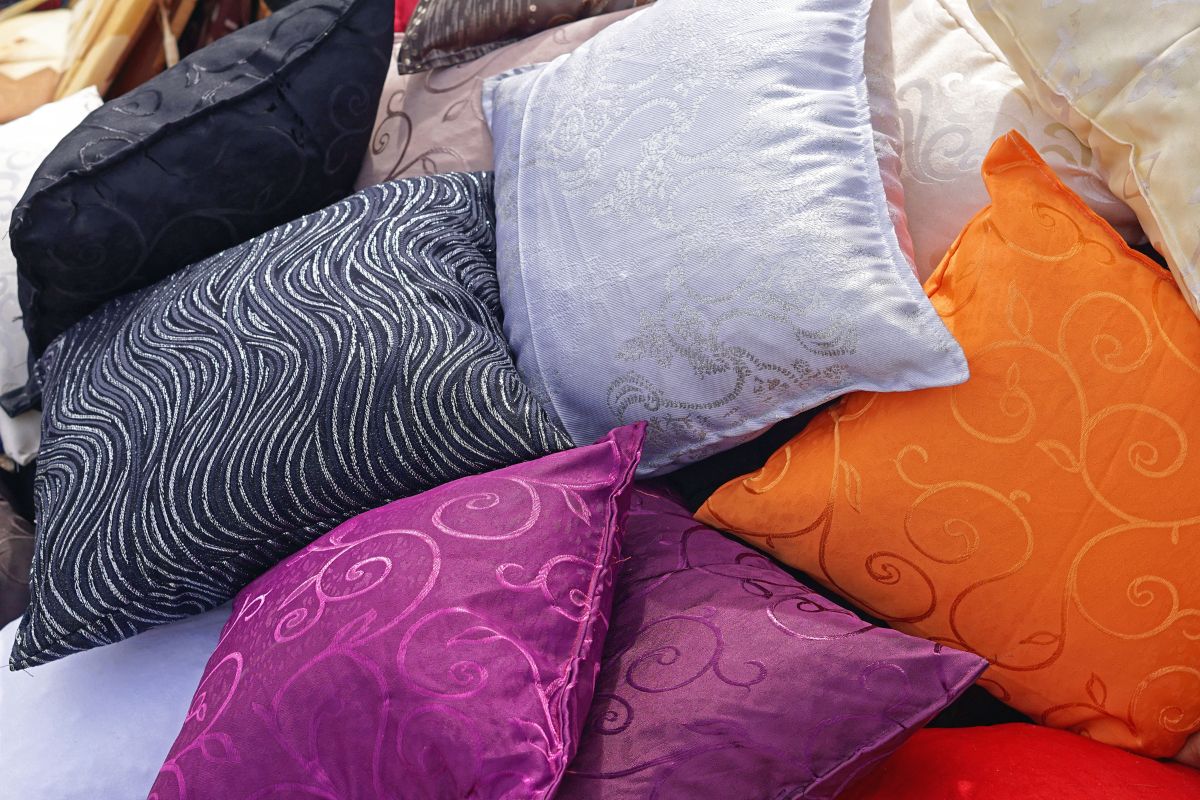
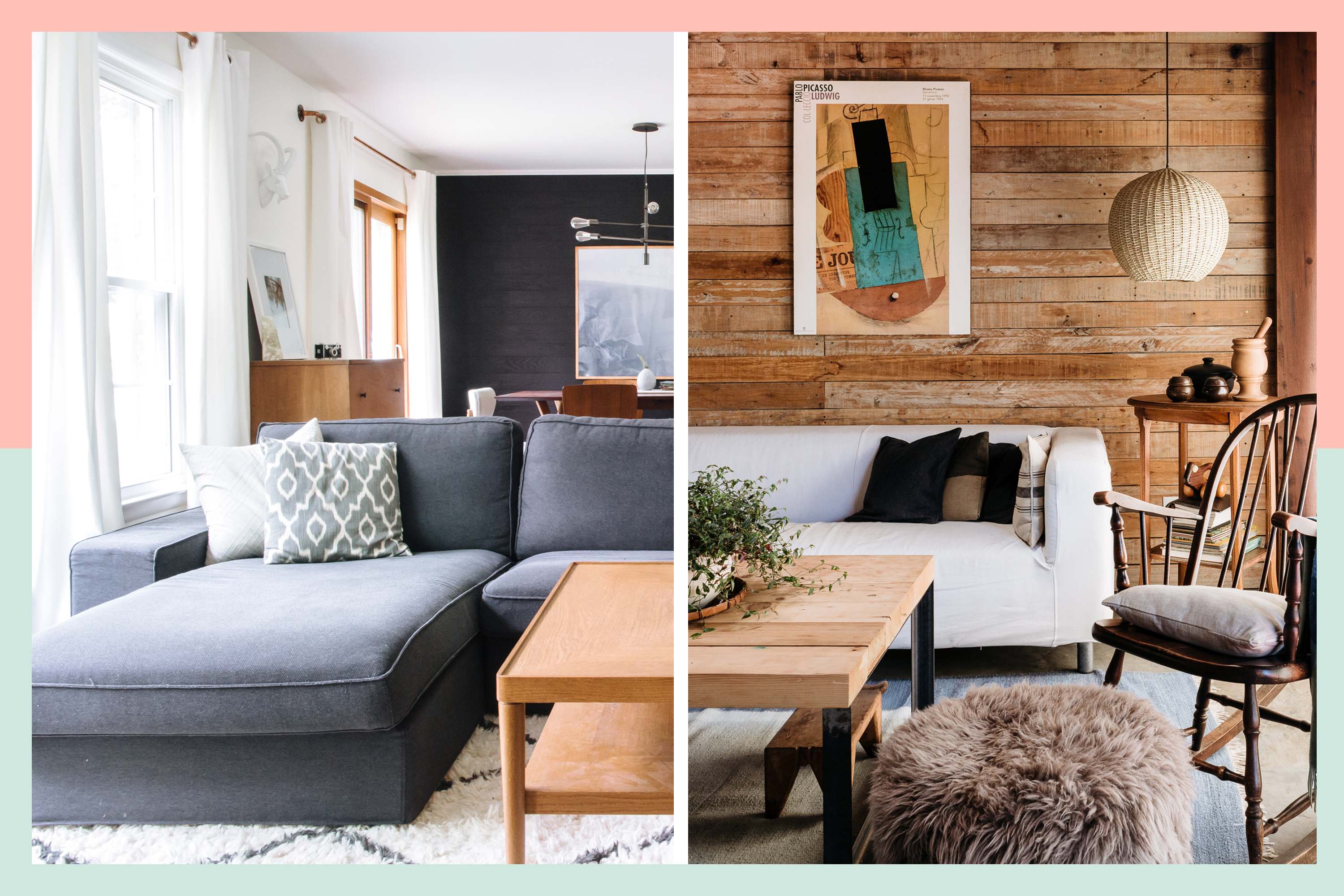

0 thoughts on “What Can You Do With A Interior Design Degree”